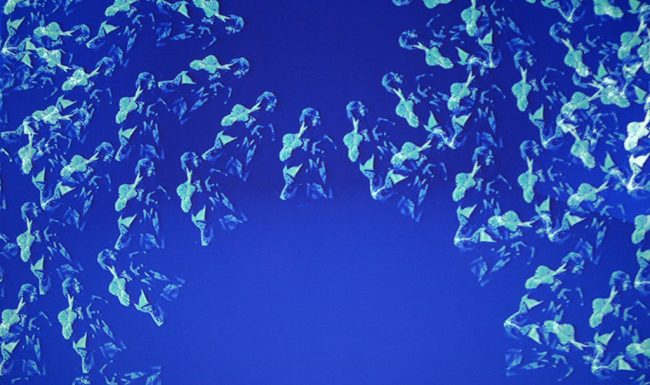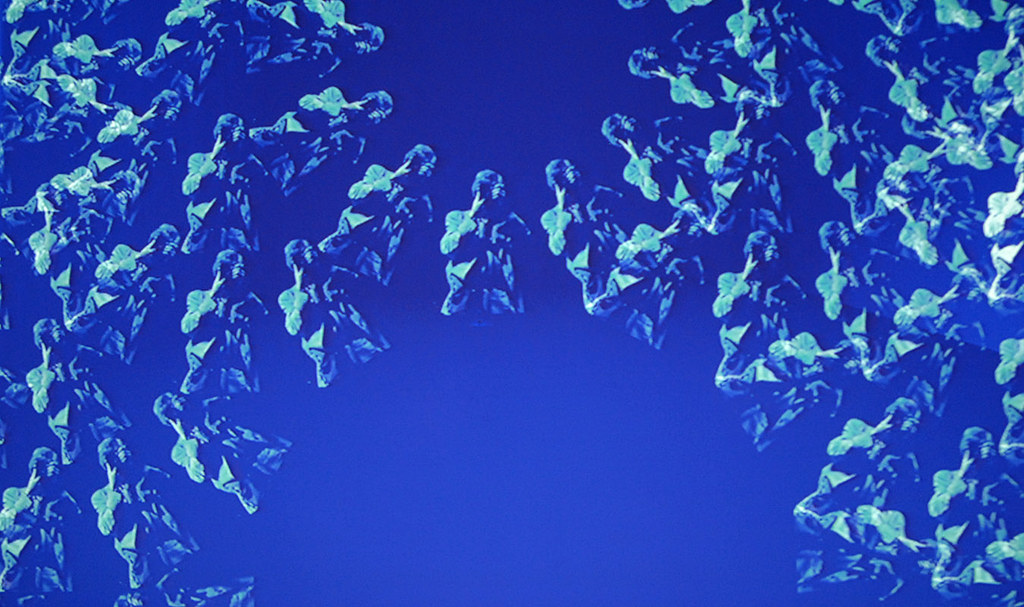|
Getting your Trinity Audio player ready...
|

For over 40 years, hip-hop has withstood the music industry and maintained its relevancy because of the genre’s pull with the youth and popular culture. Hip-hop has had a long-standing cultural impact on American youth regardless of the socioeconomic background. Yet, the genre was not always so accepting. Hip-hop has gone through many changes throughout the years. Some would say that the music permeates youth culture because of its roots in dance and rebellion.
Although hip-hop was birthed in New York, the big cities that define their coast are still major influencers on what gets the crowd moving. Chicago has been one of those cities since the mid-’90s with the rise of Twista; and with Chicago being an epic center for hip-hop culture, this begs the question of whether the genre will continue attracting America’s youth in the near future.
Hip-hop has gone through many dynamic changes and the sound has evolved tremendously from bombastic aggressive boom-bap to heavily digitized vocal crooning. Hip-hop blog “Uproxx” has predicted the trends in hip-hop by taking a retrospective look at the genre starting in the year 1988 and commenting on the next three decades. As such, 1988, 1998, and 2008 all signaled cultural shifts in the genre and what a rapper can be.
According to Harvard Political Review, the persona of a rapper has changed from a thug or gangster to simply being sincere and honest. The blog emphasizes the relevancy of hip-hop in terms of who was listening.
It was not until “It Takes a Million to Hold Us Back” was released did fans begin seeing a shift in the subjects the genre discussed. Public Enemy made it a point to bring to the forefront the socio-political aspect to hip-hop and this made it possible for artists to speak on topics like politics. In 1988, Public Enemy introduced political content onto the scene that spoke to the black community. “Uproxx” states that:
The genre has a variety of sounds and has only become more expansive thanks to the internet. From dusty vinyl to compressed CDs, the amount of people it speaks to and the diverse audience that hip-hop can reach is why it is so popular.
The artists that were at the forefront of the genre in the ’90s, 2000s, and 2010 have shaped culture. As of late, hip-hop has become the most listened to genre today. Chicago has its own unique subgenre that originates on the Lower Eastside of Chicago.
A popular sound in Chicago is a sub-genre of hip-hop called “drill.” This s was popularized most notably by Chief Keef and aside from the sound, focuses on the storytelling of the artists and depicts a grimy and gritty Chicago. One that is, on one hand, true to the people living that lifestyle and on the other, paints Chicago in accordance with the many news conglomerates that illustrate the city in a negative fashion. According to Nielsen Music, in 2017, rap and hip-hop accounted for over 20 percent of music consumption, therefore, making it the most popular genre in the mainstream.
The melodic sound in the drill style from Chicago was brought to the forefront with Lil Durk and Chief Keef’s music breeding a new trend in the genre. A violent, gory, vivid story that many kids in Chicago can relate to because of the communities they live in. In today’s era, G Herbo and Lil Bibby have become a staple for the city. Drill artists alike give kids living similar experiences a voice that speaks for them. According to the Pitchfork article, “The Melodic New Sound of Chicago Street Rap,” Billboard did not account for YouTube views as a measure of units until February 2013.
The drill scene is only a part of the city, but an important one nonetheless. Common, Kanye West and Chance the Rapper all speak on different issues and tell their stories that are not limited to one coast or part of the city. Common is slated as the “conscious” artist that writes about social issues that affect the black community. He practiced poetry and emphasized spoken word. Chance The Rapper mixed acid jazz, and poppy rhythms to craft “Acid Rap” in 2013. Kanye West made it “cool” to be different and was the antithesis of the gangsta rap that was popular in the mid- 2000s.
Right now, Chicago hip-hop is at a bit of a stand-still, however, there are artists like Saba and Smino who continue making waves in the city. These artists could not have been as successful without the organizations and help they received from bloggers, poets, educators, and teachers that were able to give them the avenues to work on their craft and make it something of consumption. People like Andrew Barber and Kevin Coval make a way for Chicago poets to have a voice in the community. Young Chicago Authors is a program that dedicates its time to let youth express themselves. The program is hosted by Kevin Coval. Places like YouMedia at the Harold Washington Library provide free resources for youth to use free equipment to follow their dreams.
Around 2012, the Chicago hip-hop scene saw people like Vic Mensa, and Chance the Rapper make a name for themselves in the local scene. A new face that is helping bring hip-hop culture in the community is Cole Bennett from Plano, Illinois, who has garnered a following with the creation of his Lyrical Lemonade Company that he launched around 2013.
The neighborhoods involved in showcasing the talent include places like Thalia Hall, in Pilsen Wicker Park; The University of Chicago, in Hyde Park; and Grant Park. These venues host one of the biggest musical festivals in the city called Lollapalooza. These organizations are there to cultivate the voices of young people from inner-city neighborhoods and aid them in having an outlet to tell their story and instead of finding trouble in other harmful activities.
Hip-hop, at the present moment, has an aura of rock and punk in the sense that there are no rules or boundaries as to what it can sound or look like. In the Harvard Political Review, it spoke on the way the internet and social media have provided for a wider array of rappers to speak on topics that they would like and there is not one image to stick to. The album “808’s & Heartbreak” almost single-handedly inspired the auto-tuned, smooth, sulky vocals that broke boundaries for hip-hop. It allowed for others like Kid-Cudi to sing and be more vulnerable in the culture. This album was the predecessor for the now trap-inspired “emo” rap by artists like Trippie Redd and Lil Uzi Vert.
From the music to the styles, Chicago has impacted hip-hop culture in greater ways than most people can imagine. It has become an incubator for creative thought that gets spread across the globe. In fact, it is the driving force of Chicago culture.
Written by Tizoc Rico
Sources:
The Daily Beast: The Year That Changed Hip-Hop Forever
Uproxx: Hip-Hop’s Biggest Cultural Shifts in 2018 Predictions
Harvard Politics: Evolution of Rap
Pitchfork: The Melodic New Sound of Chicago Street Rap
Red Bull Video Series: This and Nothing Else: Chicago’s Hip Hop Scene
Top and Featured Image Courtesy of Jean-Pierre Dalbéra’s Flickr Page – Creative Commons License



